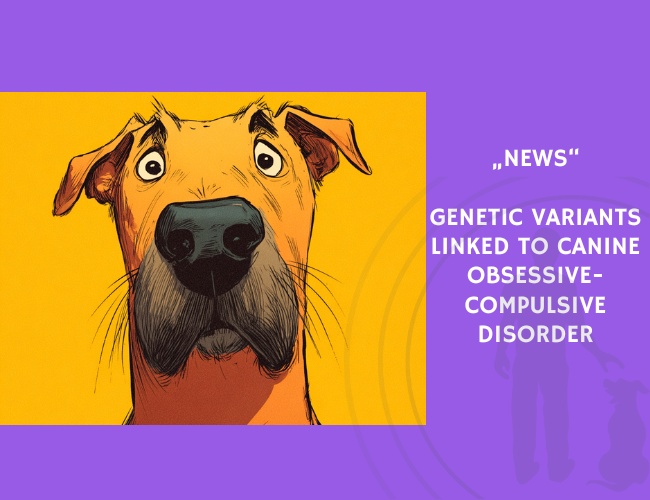Tang et al. (2014) conducted a genome-wide association study using 87 Doberman Pinschers with OCD and 63 controls, followed by sequencing in eight affected dogs from high-risk breeds and eight breed-matched controls. The researchers identified 119 genetic variants in evolutionarily conserved regions, exclusive to dogs diagnosed with compulsive disorders.
Among the implicated genes were CDH2 (neuronal cadherin), CTNNA2 (catenin alpha2), ATXN1 (ataxin-1), and PGCP (plasma glutamate carboxypeptidase), all of which play roles in synaptic function. Importantly, two distinct variants found in the regulatory region between CDH2 and DSC3 disrupted a highly conserved regulatory element, leading to measurable changes in gene expression when tested in human neuroblastoma cell lines.
These findings highlight the genetic parallels between canine and human OCD, supporting the use of dogs as a natural model for psychiatric disorders. The study underscores how the limited genetic diversity of dog breeds can facilitate the identification of functional variants, helping to unravel the mechanisms of complex psychiatric diseases across species.
Source: Tang, R., Noh, H. J., Wang, D., Sigurdsson, S., Swofford, R., Perloski, M., Duxbury, M. M., Patterson, E., Albright, J., Castelhano, M., Auton, A., Boyko, A., Feng, G., Lindblad-Toh, K., & Karlsson, E. (2014). Candidate genes and functional noncoding variants identified in a canine model of obsessive-compulsive disorder. Genome Biology, 15, R25. Authors: Ruoyan Tang, Heejung J. Noh, Dongliang Wang, Snaevar Sigurdsson, Ryan Swofford, Megan M. Perloski, Matthew M. Duxbury, Erin Patterson, Jacqueline Albright, Marta Castelhano, Adam Auton, Adam Boyko, Guoping Feng, Kerstin Lindblad-Toh, Elinor Karlsson.










